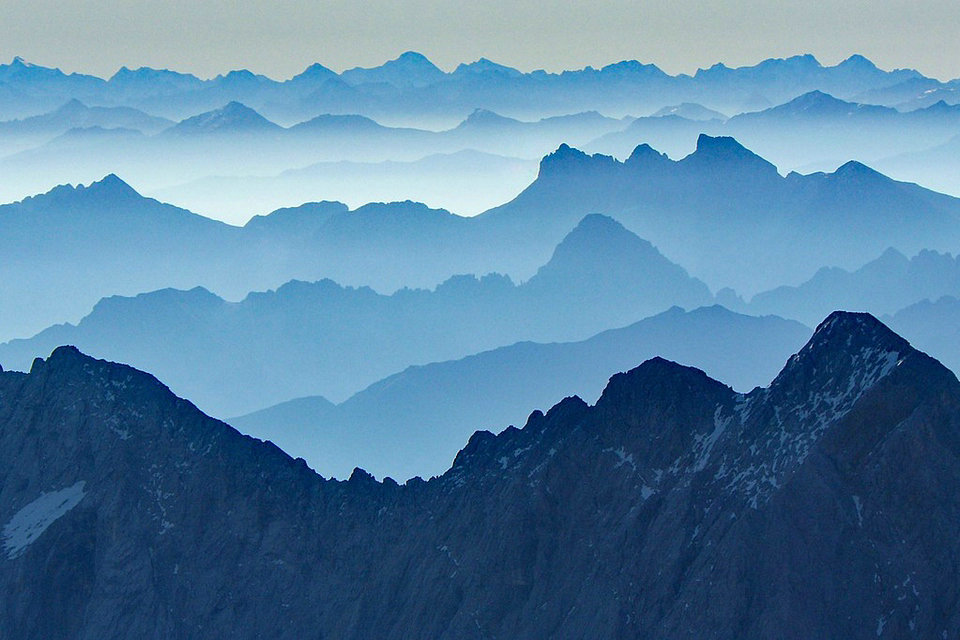menu
L'operThe most copied and most famous work in the world, hidden behind a thick crystal that protects it from dust and perhaps from some incaustic act of ill-intentioned...inside one of the most crowded rooms of the Louvre, so small in size that it leave you speechless when you go to see it for the first time, it still hides who knows how many anecdotes and curiosities that we are not currently able to understand.
If only it were decided to have it restored, and I don't think it will happen at least for the next few years, so much new information would emerge that art critics could continue writing for decades.
The fact is that the look we are used to today is not the same one wanted by Leonardo in 1500. The anecdotal face, the graceful hands and above all the very delicate landscape that forms the background are completely hidden behind a thick layer of brown paint .
That transparent veil based on natural resins that the artists spread uniformly over their works to protect them and give a touch of uniformity to the colors that were too harsh and strident, today it is an opaque yellow-brown veil that no longer allows you to see the colors as they were originally .
.jpg)
To help us, we can observe the most faithful and coeval copy of the Mona Lisa in Paris, probably made by a pupil of Leonardo and now kept in the Prado in Madrid. Probably produced in the same workshop, under the supervision of the Master evidently due to the presence of the same identical background landscape, it shows completely different colors, as it underwent a restoration intervention in 2010 which eliminated the superficial oxidized varnishes, thus revealing the original pigments .
And they are certainly those same colors used by Leonardo in his Parisian work, the cinabrese, the azurite, the lacquers and browns of the natural earths that blend in unmistakable touches of brushstrokes that are impossible to decipher, as only he knew how to do in the very long work of composition of its tables. The same blue-toned landscape that helps us to look all the way, giving us an aerial perspective, where the darker tones scan and sculpt the closest rocks to gradually fade away as the gentler mountains and hills recede.

A trick that all painters know today but which at that time the Tuscan master was able to codify and leave to posterity as a paradigm of his theories on aerial perspective.
The Mona Lisa of Madrid therefore allows us to imagine what the true appearance of the original from Paris might be like and I believe that we will have to content ourselves for a long time with our capacity for imagination because a restoration today of the small panel in the Louvre would mean winning fierce criticisms for the French because , for most, would be equivalent to losing an iconic symbol to which we are accustomed and anchored, therefore a certainty. Exactly as happened for the restoration of the Sistine Chapel, still criticized after 30 years, despite the wealth of explanations and clarity made by the team of restorers and those who know me know how much I dwell on the visit to the Vatican Museums, on the purely technical aspect of them .
We need to remember how tied we are to the habit of seeing famous images always in the same way and changing them would only cause us disorientation and rejection.
To investigate the beauty of this landscape by Leonardo I had the privilege of finding myself in May in front of the original... for many recognizable in the Balze del Valdarno, also present in his manuscripts collected in the Leicester Codex. A series of sharp points that emerge from cultivated fields and woods, creating rows of diversified shapes made of sand and clay that the artist was able to discover and study so much as to include in many of his famous works. Being there and imagining him intent on studying their profiles and depths gives you the creeps!
A beautiful itinerary that I recommend to anyone who wants to get excited, to spend a few days in the nearby Val d'Ambra, a few kilometers from Siena, Florence and Arezzo.
In this regard, I point out a beautiful Agriturismo, inside an old renovated farmhouse, La Casa di Life, with characteristic apartments and breathtaking views of the surrounding Tuscan valleys. We are in the small village of Cennina, a strategic point to dive into the past and enjoy the pearls of Tuscan nature and art.
From 24 to 26 September he will host us to retrace the steps of Leonardo and Piero della Francesca, near Arezzo.
Leave a Reply Cancel Reply